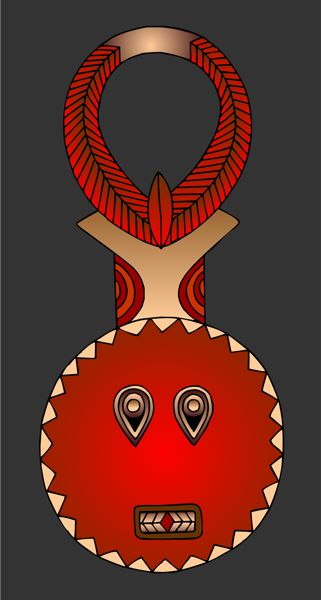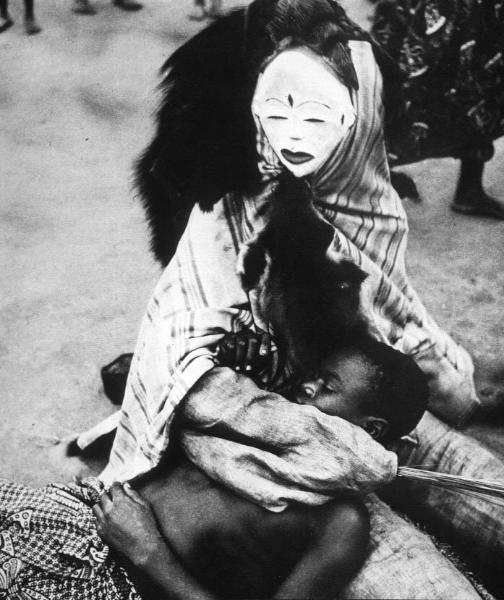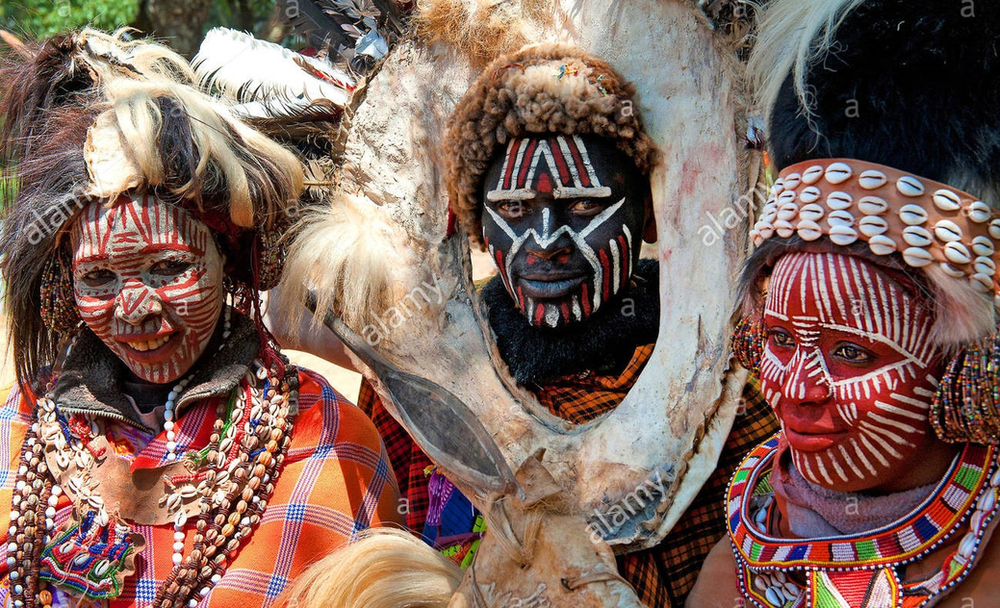Masks continue to be an integral part of many African cultures as centuries whisk past. The relevance of masks is perceived differently by people from varying African backgrounds such as tribes from the Eastern, Western, Southern, Central and Northern regions of Africa.
For instance, the Baule people from Western Africa i.e. Ivory Coast put on masks during tribal dances, harvest festivals, in processions to honor distinguished visitors and at the funerals of important figures. The type of mask worn by the Baule people is traditionally known as the Kple Kple, according to Arty Factory.

Therefore, in the particular culture of the Baule, masks have retained their value as attires of celebration, mourning, providing honor and adhering to the tribal culture. Masks are popularly carved from different types of wood and adorned according to the culture and/or its intended usage.
In addition, masks are believed to facilitate communication between the living and the dead. This application relates to the Kota people from Central Africa (East Gabon and the Republic of the Congo). The Kota people sculpt their masks to attain stylish heads and simplified body shapes, where sometimes, two visages are achieved.
A mask with faces on both sides of the stylish head is attributed with the ability to protect the relics of an ancestor that are contained in a box, basket or bundle called the ‘Bwete’. The protected relics are further used to call on ancestors to assist the Kota people with their challenges in life. The type of Mask used by the Kota people is traditionally known as ‘mbulu-ngulu’, according to Arty Factory.
Furthermore, masks are considered an important tool in dissecting gender roles and identity. In so doing, interpersonal relationships among members of the tribes are also developed and retained. The character is notable among the Punu people who originate from Southern Africa in Angola. Among the Punu settlement, masks represent the idealized beauty of Punu women, and should only be carved by Punu men.

The placement of a specific gender in accordance to roles associated to the male and female joiners of a group is a common trait in many African cultures.
The Punu masks give male counterparts a chance to admire females within their group. The Punu masks are enhanced by additional details such as eyes and hairstyles to convey distinct characteristics such as elegance, emotive expressions and beauty.
Nonetheless, in many other African cultures, the human body has also been utilized as a mask in its own element. For example, people’s faces, arms and legs are adorned by paintings or other materials such as grass, feathers e.t.c to convey specific meanings and portray identity.
This trait is apparent among the East-African Bantu groups including the Kikuyu, Kamba and Luhya tribes. Members from these tribes use beads, mud, animal fur, feathers, skin and other items to magnify their appearances – a quality which other tribes extend to the usage of masks.

Masks are more than a staple pegged to the dressing, identity or occasional conduct of either wedding, funeral or harvesting events in African cultures. They are a display of the artistic values which members of the African cultures possess. Even more, they exemplify the dedication of African community members towards the enrichment of their culture in safeguarding the communal visions once birthed by their ancestors.
Learn more about of African masks here and see how the other African cultures adorned their bodies towards performing the same roles as masks here.
Powered by WPeMatico


